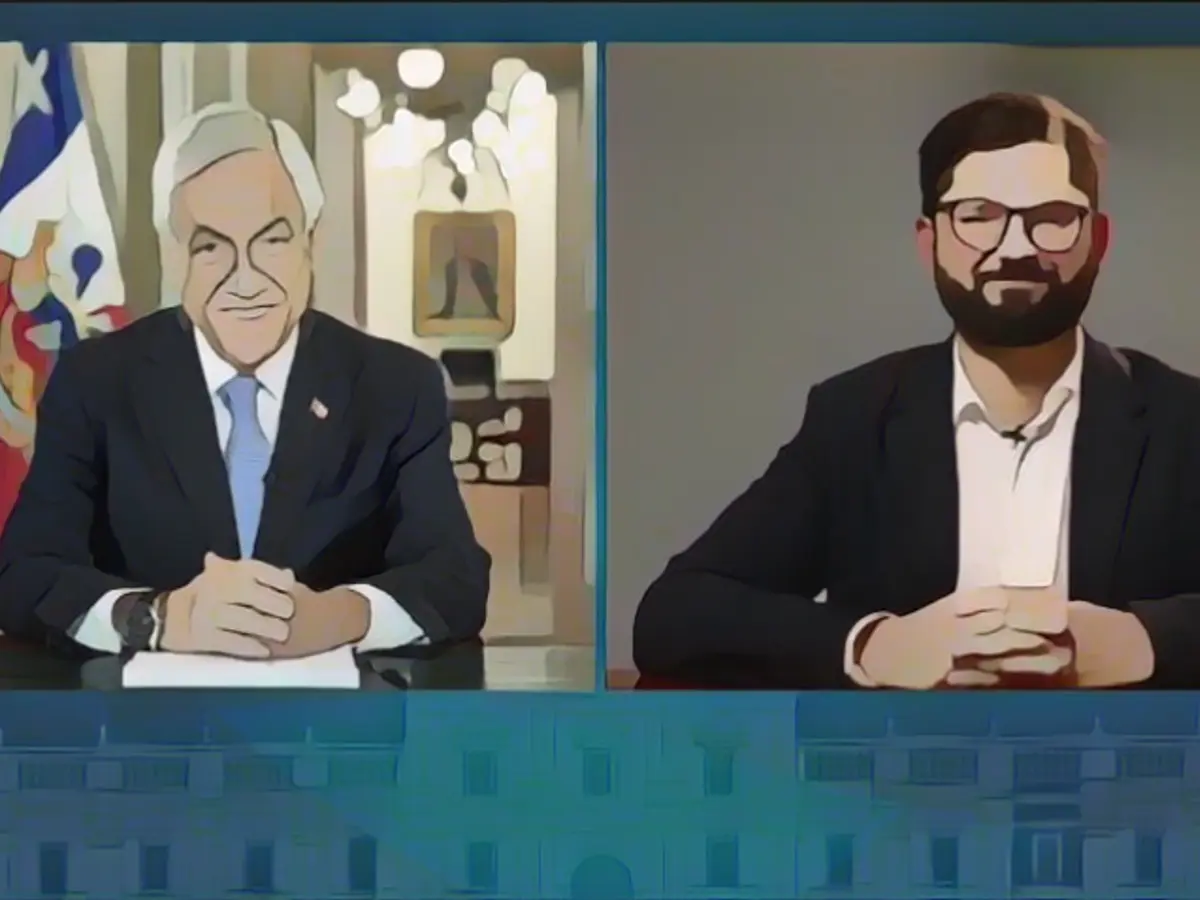Latin America is once again attracting the attention of global powers, with China and Russia stepping up their presence. The region has undergone significant changes in recent years, providing an environment for these newcomers.
In a recent trip, Argentine President Alberto Fernandez visited both Moscow and Beijing, pledging Argentina as a gateway to Latin America for Russia and committing to Chinese investments in the region exceeding $23 billion in the coming years. These moves have raised eyebrows, as questions surround potential military installations in Cuba and Venezuela.
While a shift away from the United States is not implausible, the current political landscape in Latin America is far from black and white. A wave of progressive leaders — such as Mexico's López Obrador, Argentina's Fernandez, Bolivia's Arce, and Peru's Castillo — have come to power. Yet, their populist appeals and social agendas are largely grounded in addressing the needs of the underprivileged and reviving grievances against foreign oligarchies.
Although anti-American sentiment is prevalent among their supporters, these leaders maintain a more nuanced relationship with the United States. In fact, most of these new leaders have or intend to keep positive ties with Washington, such as Argentina's Fernandez and Bolivia's Evo Morales. This balancing act is crucial, as their policies often clash with U.S. interests in industries like mining, energy, and foreign investment.
However, China and Russia's quest for influence may not bear immediate fruit in Latin America. Both nations have expressed interest in the region, but their past dealings have led to mixed results. While they offer alternative sources of investment and support, many Latin American nations rely on the United States for diplomatic relations and security cooperation.
For instance, Colombia, a consistent ally of the United States, faces domestic challenges in establishing firm ties with China and Russia, with senior ministers resigning from the government within months of taking office. Meanwhile, countries like Ecuador and Argentina are set to hold elections in 2025, which could reshape the region's political and economic landscape.
While focusing on China and Russia's latest moves, it's vital not to overlook the long-term implications of these developments. A more accurate and constructive approach involves analyzing Latin America without excessive alarmism, understanding its complex political landscape, and accounting for the region's growing trends that may ultimately shape its geopolitical future.
Enrichment Insights:
Key Elections and Political Developments: 1. Ecuador: President Daniel Noboa faces re-election in 2025, competing against Luisa Gonzalez. 2. Colombia: President Gustavo Petro's administration is plagued with high cabinet turnover. 3. Argentina, Bolivia, and Chile: Significant elections will take place in 2025, with Argentina and Bolivia having particular impact.
China's Influence:
- Heavy infrastructure investment and debt
- Strategic partnerships offering alternative economic support
- Participation in Belt and Road Initiative (BRI)
Russia's Influence: 1. Economic and military support 2. Leveraging local sentiments about sovereignty 3. Criticism of Western hypocrisy and destabilization concerns







